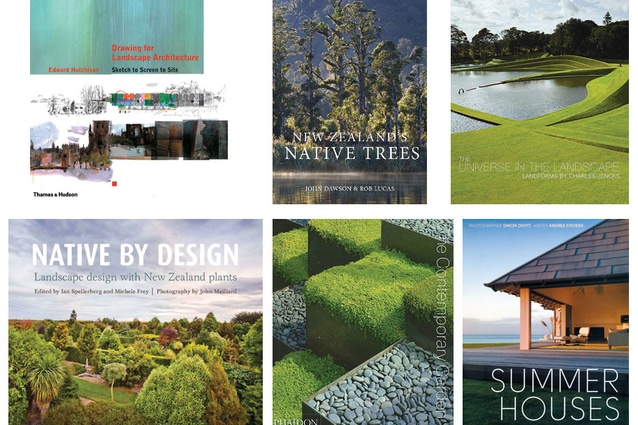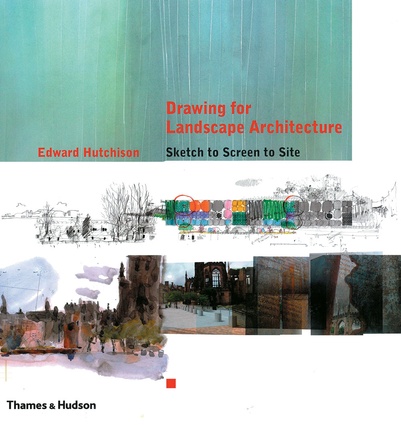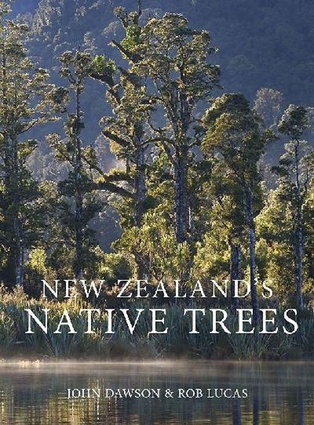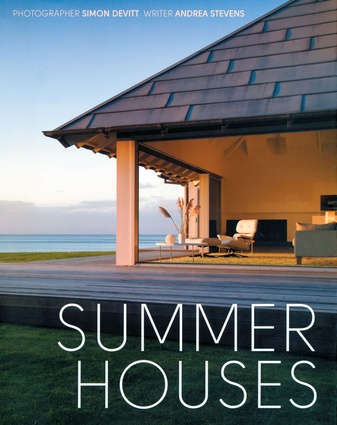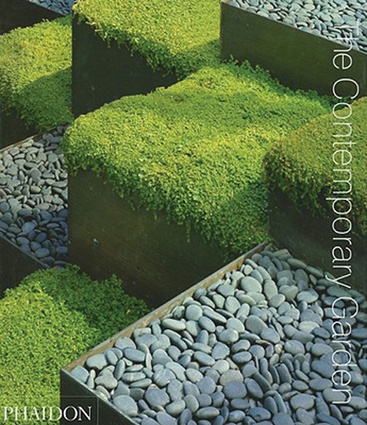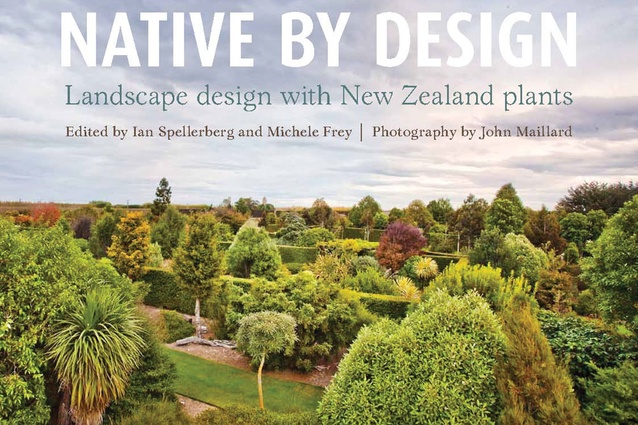Summer reading: books from Landscape Architecture NZ
A wealth of landscape- and architecture-related reading material to get you over the holiday hump.
Summer, for some, equals the time to get into some serious reading. Here are our picks for the season, as seen in the summer issue of Landscape Architecture NZ.

Drawing for Landscape Architecture: Sketch to Screen
Edward Hutchinson (Thames and Hudson; 2011 $90rrp)
Review by Garth Falconer
When unwrapping this book I thought ‘what a welcome addition’. I mean, there are a bunch of books on drawing for designers, including the usual how-to-do perspectives et cetera – but no real standouts.
I draw a lot and encourage our team to do so. In terms of observation, it tunes your thinking mind into the portrayal of what you perceive. It’s also about power: the ability to change things, to abstract, pull out the essence and trial different ways of producing an outcome. Let us not forget that the image has its own élan.
Drawing is by a senior Brit: London-based Edward Hutchinson. It’s large-format, so you don’t have to squint, and medium-length. There are 513 illustrations, most in colour, over 240 pages. The colour palette is brightly impressionist, many images produced with colour pencils and there are a number of Paul Klee-inspired watercolours. The cover jacket bemoans the “lost art of drawing by hand”. The book’s intention is to, “Reintroduce the importance of learning to see by hand.”
Across nine chapters Hutchinson covers the full breadth of landscape architecture projects, from masterplanning to detail design. Each chapter features a short intro followed by a series of drawing studies, with each drawing accompanied by notes on drawing equipment and how long it took.
The light, energetic drawings are all by Hutchinson or members of his office. Interestingly, he starts off by noting that he draws nude women weekly for “building confidence and freedom and to develop a good eye”. He confesses that he belongs to the Ruskin ‘school of thought’, that is, everyone can be taught to draw. He implores every designer to keep a sketchbook.
Starting at the large-scale, he says absorbing the landscape is an “act verging on meditation”, and that drawing on site is necessary to experience the genius loci of the place before beginning design. Photography cannot match drawing for reading the landscape, and he is equally dismissive of photo collages. Rather, he advocates a free approach, “drawing a series of ideas in a loose, even chaotic way at the start of a project”. This, he says, “encourages discussions with no predetermined outcome.”
This book actually extends into a reflection on the design process specific to the landscape architect, from the need to retain authority over his or her area of responsibility, to defining the brief, and fighting for an adequate budget. There are some good tips, such as “coded money” drawings, which show how design changes can be mapped against budget. The last chapter charts completed work across two historic sites. This work shows how the design process can result in finely crafted places. Also useful is a reading list on drawing, which provides a good lineage for deeper explorations into perception and drawing. Rounding out the volume is an extensive list of project works (including some from Hutchinson’s time at Foster and Associates), backed by a humble list of acknowledgements to past tutors. All up, a fine piece of work by a craftsman and a good addition to any landscape architect’s library.

New Zealand’s Native Trees
John Dawson & Rob Lucas (Craig Potton Publishing, $120rrp for standard edition)
Review by Philip Smith
The remuneration for book reviews often amounts to the book in question; it’s therefore gratifying when the book in question is as wonderful as this recent publication, which has assumed the mantle of the most authoritative photographic guide to the description of New Zealand’s native trees.
I’ll cut straight to the chase with a convenient rhetorical question: why should all landscape architects own a copy of this book? Because there has never been as descriptive a guide to our native trees with as comprehensive a range of beautiful images.
A fundamental use of books such as this is to be able to demonstrate the merits of a plant that one wishes to utilise in a garden (to clients or colleagues). I have had instances where I knew a tree achieves a beautiful form – such as Pittosporum obcordatum – but until now, all native plant guides have failed to deliver imagery that communicates the virtues of such plants. That is no small matter, as it increases the appeal of many native species tremendously. In assembling this volume the authors and publishers have done local horticulture a great service.
Apart from the imagery, the text is first-rate. For some species, it includes information outside the usual habitat and botanical description, such as an account of the pollination of kakabeak, or the relationship between the magpie moth and our species of Brachyglottis. A sensible move was made by the authors in including some photographs taken by several notable botanists, such as John Barkla and Peter de Lange. This extended the pool of images available for the book, to provide the few shots of plants that Rob Lucas was not able to take himself, including some beautiful images of plants in their habitats. New Zealand’s Native Trees has received widespread acclaim for its content and production values, and I can only add one more voice to its throng of admirers. All landscape architects should own a copy.

The Universe in the Landscape Landforms by Charles Jencks
Charles Jencks (Frances Lincoln, 2011 $120rrp)
Review by Michael Barrett
For Charles Jencks, this book was a case of write the theme tune, play the theme tune, sing the theme tune, etc. He penned the large-format tome, took the photos and, of course, designed the monumental landforms that fill its pages.
Who is Jencks? For the uninitiated, he’s British; a critic, commentator, artist, co-founder of cancer-caring facilities, educator, activist, and BBC film writer. Amongst other things.
This book, then, is one string of his many bows. Actually, it’s more like a fat ribbon, and that is actually how some of the works depicted on these pages actually look. Here are massive constructions; shapely gardens where the “hidden contour lines of a map are made expressive at the surface by sharp paths, metal lines, planting”. These works, and their depictions in photo and drawing form, make up part one of the book. The ribbon-esque, sinuous and sculptural landscapes are a part of Jencks’ desire to express what he calls Zero Nature, the underlying laws of the cosmos: gravity, black holes, galaxies and such like. I don’t profess to understand all his motivations; some are, to me, fairly baffling. Although it’s easier to understand his reach for metaphor in his designs, ways to explain the inconceivable; those concepts that it is impossible to ever have a complete understanding.
One of Jencks’ most interesting projects, which is currently nearing completion, is his expression of the human form as landform. His concept and designs for Northumberlandia, “a striking and attractive form with a strong presence” for the Cheviot Hills, north of Newcastle, is well documented. The project involves suggesting a woman’s form as a landscape. It will be traversable and epic, in the true sense of the word, and an interesting counterpoint to those other great human forms that dot the British landscape. Or, as one British newspaper described it: “Goddess with 100ft breasts to rival Angel of the North”.
That massive work makes a nice segué to part two of Universe, where Jencks moves on to the subject of identity, and the quest thereof. Correspondingly, his landforms here are based on history. His Time Garden in Milan, features black-and-white steps that mark the turning of the earth (night and day). Rings mark out the lunar month, months are depicted on red walls, steel plates key events, and so on. It’s brilliant. In Scotland, another huge construction references the way the Scots spread around the world in a “creative diaspora”. The scale of these constructions
is hard to believe, but they are very refined.
This book is a lot of things, but it’s not particularly easy – which is a a good thing, because you can keep coming back to try and figure out what it’s all about, or just to enjoy the experience and wonderment of looking at landscape art on a monumental scale.

Summer Houses
Andrea Stevens and Simon Devitt (Penguin, 2011; $60rrp)
As per the title, this is not per se a landscape book, it’s about architecture. Or is it? Nine times out of ten the raison behind summer houses is to connect people with their outdoor world; it’s architecture with an ulterior motive. Not all of the houses here are on the beach. Some are city dwellings. Marshall Cook’s Auckland house is more about connections with light than with views. Other houses are more typical (or even better, atypical, given the individuality portrayed by each) – pavilion, crib, bach or shed-referencing structures blending the out with the in. Whichever your preference, here you’ll find quality here, great photos and interesting notes.
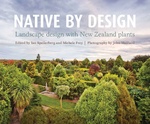
Native by Design
I. Spellerberg, M. Frey, J. Maillard (Canterbury University Press; $45rrp)
Twenty of our top landscape people feature in this tidy package, which has the express purpose of promoting native plant use. The 20 explain via chosen projects the whys and wherefores of plant selection. The projects vary greatly in scale and type, and without playing favourites, I’d suggest two, er, favourites, that portray this diversity. Robert Watson’s vast Broadfield Garden design has an equally vast amount of totara hedging; excellent insights into structure and care accompany. Phillip Blakely’s Queenstown Airport design deviates from a standard commercial plant palette. The species displyed here would not be out of place in a quality residential setting. Additional information here.
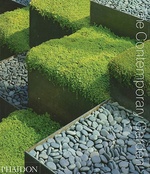
The Contemporary Garden
Various contributors (Phaidon, 2011; $45rrp)
A reprise of a book first published as The Garden Book in 2000, this version features 100 gardens from the 1920s onwards, with works by luminaries such as Roberto Burle Marx, Luis Barrágan and Martha Schwartz. It’s a simple format, one photo, descriptive text, but it’s an über list of projects that takes you on a global tour of very impressive gardens: Le Corbusier’s Villa Savoye, the Rock Garden of Chandigarh and, hang on – local designer Ted Smythe is in here too, with his Sanders Garden. Worth it for that alone.

